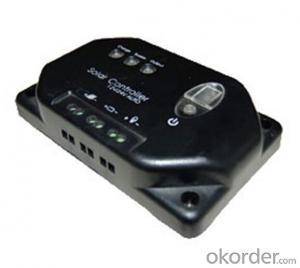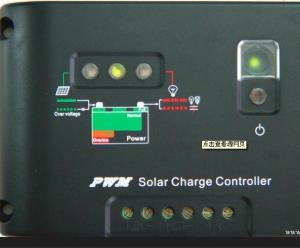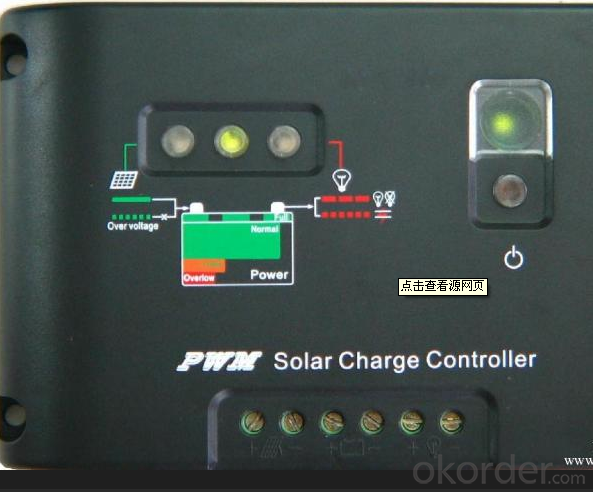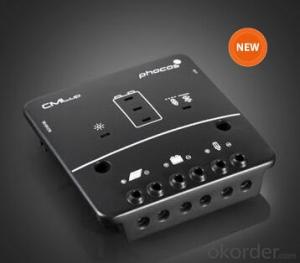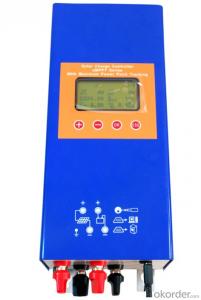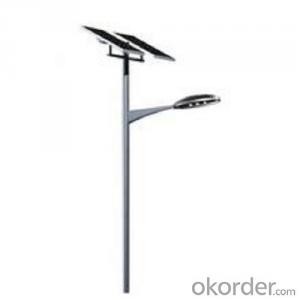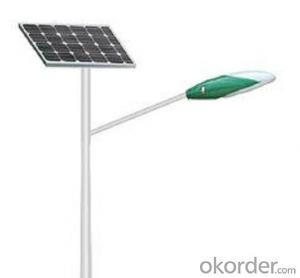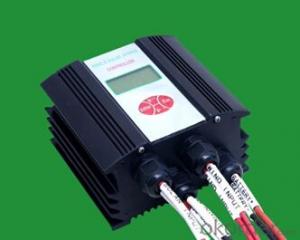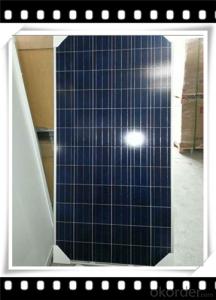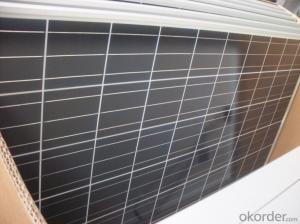Solar Panel Charge Controllers PV Street Light Controller from China CNBM
- Loading Port:
- China Main Port
- Payment Terms:
- TT or LC
- Min Order Qty:
- -
- Supply Capability:
- -
OKorder Service Pledge
OKorder Financial Service
You Might Also Like
Description
CNBMSOLAR is a world-leading and Vertical integrated manufacturer of high-performance with Silicon,
Wafer, Cells, Modules, which convert sunlight into electricity for residential, commercial, and utility-scale
power generation.
The capacity of CNBMSOLAR is reach to 1GW, and make sure each year our shipment capacity is more
Than 700-800MWs, at the same time, we have set up the largest solar power station with our partner
in Ukraine.
CNBM is a Quality + Service oriented company with“Excellence at Each Step” approach, composed of
the finest components from TUV and IEC-certified partners around the world, CNBM modules consistently
undergo a variety of trials at the company’s Test & Development Centre, ensuring peak performance
capabilities. The company is committed to develop and provide the world with clean and renewable energy
to ease the energy shortages as well as human kind’s impact on the environment.
Data:
Model | GSR-1010CL-TAW | GSR-5010CP-TAW | |
Rated Capacity(A) | 10 | 10 | |
Rated Voltage(VDC) | 24 | 24 | |
Max.load current(A) | 10 | 10 | |
Max.charging current(A) | 10 | 50 | |
Charge Loops | 1 | 1 | |
Load Loops | 1 | 2 | |
Max. Open Circuit Voltage(VDC) | 50 | 50 | |
Overcharge protection | 28.4 | 28.4 | |
Overdischarge protection | Switch-Off | 21.6 | 21.6 |
Resumption | 26.4 | 26.4 | |
Current Without Load(mA) | 20 | 20 | |
Display | LED | indicator light | |
operating Model | 1.Light control time interval setting | 1.Light control time intervals setting Note:Already set before sent to customers | |
Temperature compensation | No | optional | |
Lightning protection devices(standard) | Varistors Lightning Protection | Varistors Lightning Protection | |
Protection | Overcharge, Overdischarge,overload, short circuit, reverse polarity, lightning arrestor | ||
Protection class | IP20 | ||
Voltage Descent | Between Solar battery and lead-acid battery | 0.7 | 0.7 |
Between lead-acid battery and load | 0.03 | 0.03 | |
Noisy(dB、1m) | ≤50 | ≤50 | |
Operating temperature(℃) | -20~+50 | -20~+50 | |
Storage temperature(℃) | -25~+55 | -25~+55 | |
Operating humidity | 0~95%(non-condensing) | 0~95%(non-condensing) | |
Operating Altitude(m) | ≤5000 | ≤5000 | |
Reference diamension(DxWxH)mm | 80×130×28 | 96×130×50 | |
Reference weight(Kg) | 0.5 | 3.0 | |
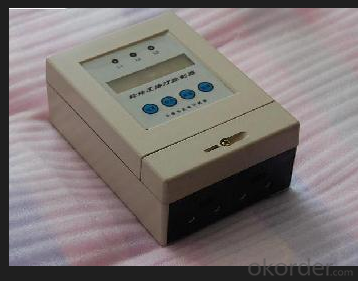
FAQ:Pls introduce more about CNBM
CNBM Group is short for China National Building Materials Group Corporation, which is established in 1984 with approval from the State Council
CNBM Group is the largest comprehensive building materials industry group in China
The Group has a total asset of over RMB 360 billion, more than 180,000 employees and 17 subsidiaries
- Q: Can a solar controller be used with solar panels that are not in perfect condition?
- Yes, a solar controller can still be used with solar panels that are not in perfect condition. A solar controller helps regulate the charging process and protects the battery from overcharging or undercharging, regardless of the condition of the solar panels. However, it is important to note that the overall performance and efficiency of the system may be affected if the solar panels are significantly damaged or not functioning optimally.
- Q: Can a solar controller handle different battery types (lead-acid, lithium-ion, etc.)?
- Yes, a solar controller can handle different battery types including lead-acid, lithium-ion, and others. However, it is important to choose a solar controller that is compatible with the specific battery type being used to ensure optimal charging and performance.
- Q: Can a solar controller be used with solar-powered streetlights?
- Yes, a solar controller can be used with solar-powered streetlights. A solar controller regulates the voltage and current from the solar panels to ensure efficient charging of the batteries used in solar-powered streetlights. It helps manage the charging process and protects the batteries from overcharging or discharging.
- Q: How do MPPT solar controllers work?
- MPPT solar controllers work by continuously tracking and adjusting the electrical impedance of the solar panel to maximize the power output. They achieve this by measuring the voltage and current of the panel, and then calculating the optimal operating point where the output power is highest. This information is used to dynamically adjust the load impedance, allowing the solar panel to operate at its peak efficiency and extract maximum energy from the sunlight.
- Q: Can a solar controller be used with solar-powered indoor educational institutions?
- Solar controllers are capable of being utilized in solar-powered indoor educational institutions. These devices regulate the voltage and current from the solar panels, ensuring proper battery charging and preventing overcharging. Moreover, in indoor educational institutions that rely on solar energy, a solar controller can be employed to monitor and manage the power generated by the solar panels. This facilitates the maintenance of optimal battery charging levels, which store solar energy for use during periods without sunlight or when electricity demand exceeds current solar generation. By utilizing a solar controller, indoor educational institutions can effectively manage and utilize solar power, ensuring uninterrupted power supply and reducing dependence on the grid. Furthermore, solar controllers also contribute to extending battery lifespan by preventing overcharging or deep discharging, which can negatively impact battery performance. Consequently, it is highly recommended to utilize a solar controller in indoor educational institutions powered by solar energy to optimize system efficiency and reliability.
- Q: Can a solar controller be used with solar panel roof mounts?
- Yes, a solar controller can be used with solar panel roof mounts. The solar controller regulates the charging and discharging of the batteries connected to the solar panel system, regardless of the mounting method used.
- Q: What is the standby power consumption of a solar controller?
- The standby power consumption of a solar controller is typically very low, often ranging from 0.5 to 2 watts.
- Q: Can a solar controller be used with a solar water heating system?
- No, a solar controller is specifically designed to regulate the charging and discharging of batteries in a photovoltaic system. It is not suitable for use with a solar water heating system, which requires a different type of control system to regulate the flow and temperature of water in the system.
- Q: Can a solar controller be used with solar panel ground racks?
- Yes, a solar controller can be used with solar panel ground racks. A solar controller is responsible for regulating the flow of electricity between the solar panels and the battery bank. It controls the charging process to ensure the batteries are not overcharged or damaged. Whether the solar panels are mounted on the ground or on a rooftop does not affect the functionality of the solar controller.
- Q: Can a solar controller be used with AC-coupled solar systems?
- No, a solar controller cannot be used with AC-coupled solar systems. AC-coupled solar systems utilize an inverter-based energy storage solution, which does not require a solar controller. The inverter is responsible for managing the flow of energy between the solar panels, batteries, and the grid, eliminating the need for a separate controller.
Send your message to us
Solar Panel Charge Controllers PV Street Light Controller from China CNBM
- Loading Port:
- China Main Port
- Payment Terms:
- TT or LC
- Min Order Qty:
- -
- Supply Capability:
- -
OKorder Service Pledge
OKorder Financial Service
Similar products
Hot products
Hot Searches
Related keywords

